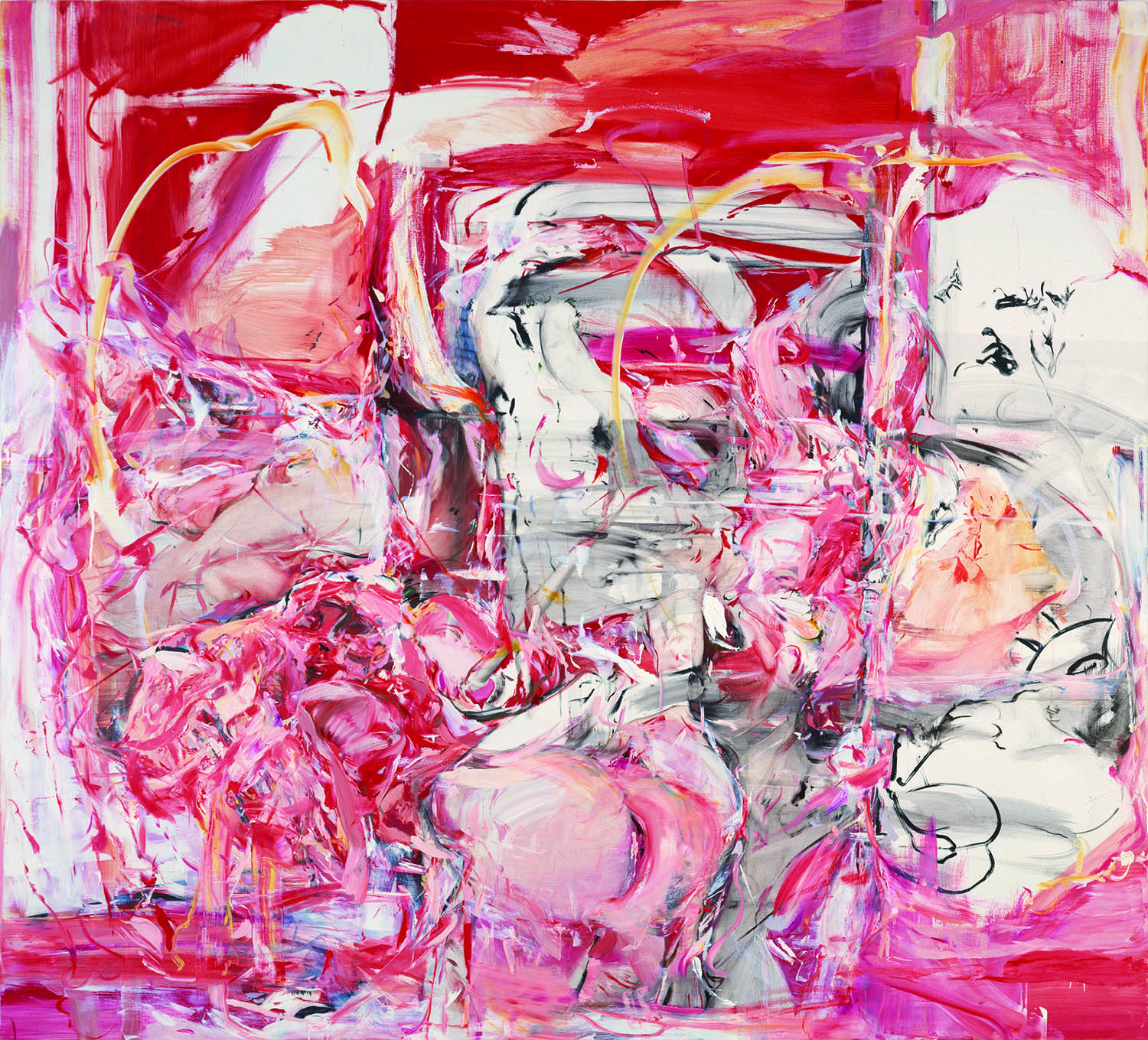Leslie Jamison is a VQR editor at large and the author of five books: The Gin Closet (Free Press, 2011); The Empathy Exams (Graywolf, 2014); The Recovering (Little, Brown, 2018); Make It Scream, Make It Burn (Little, Brown, 2019); and most recently the memoir Splinters (Little, Brown, 2024). She teaches...

